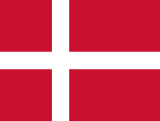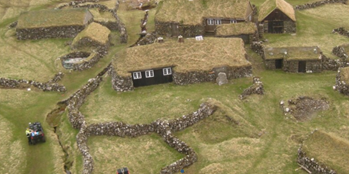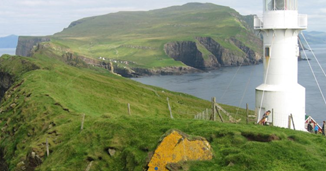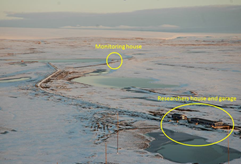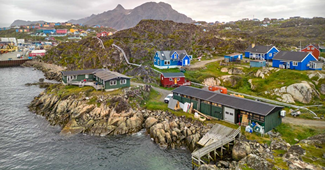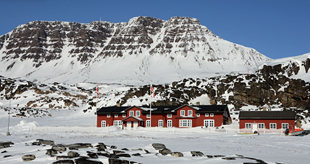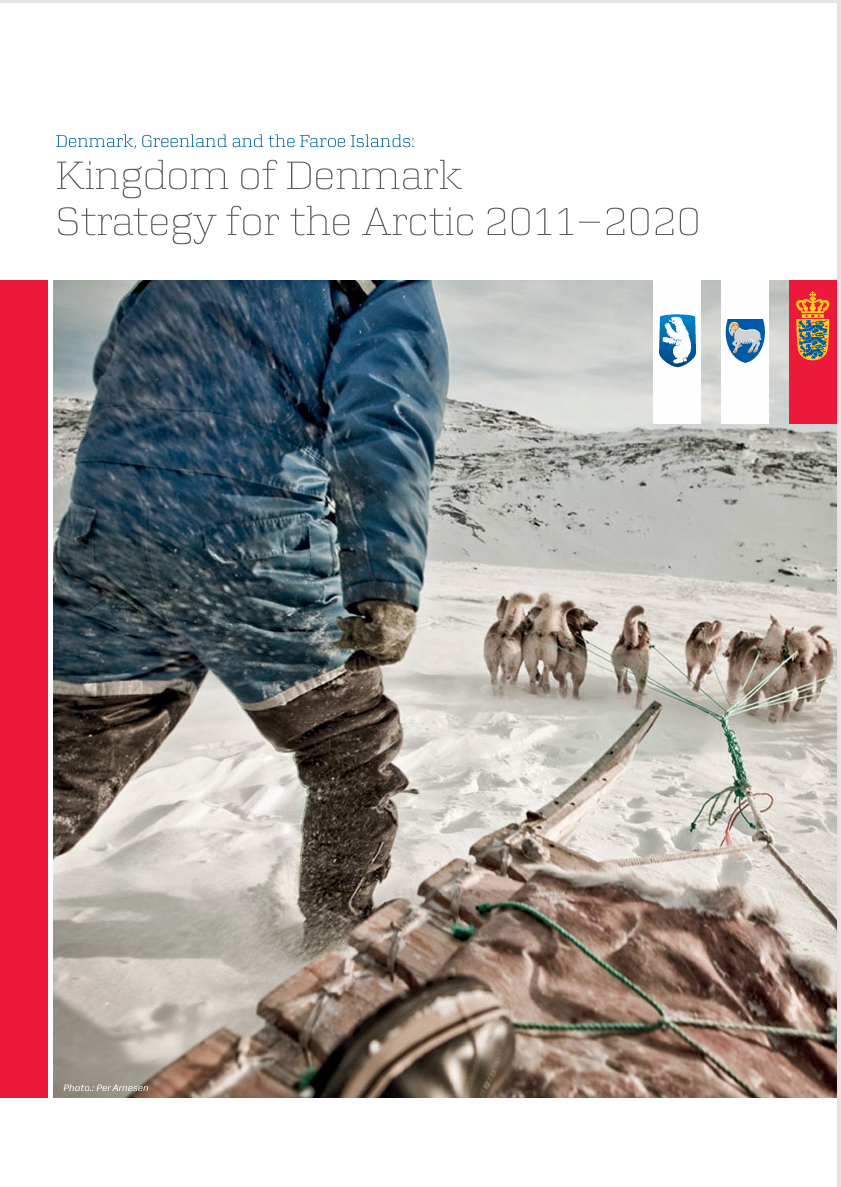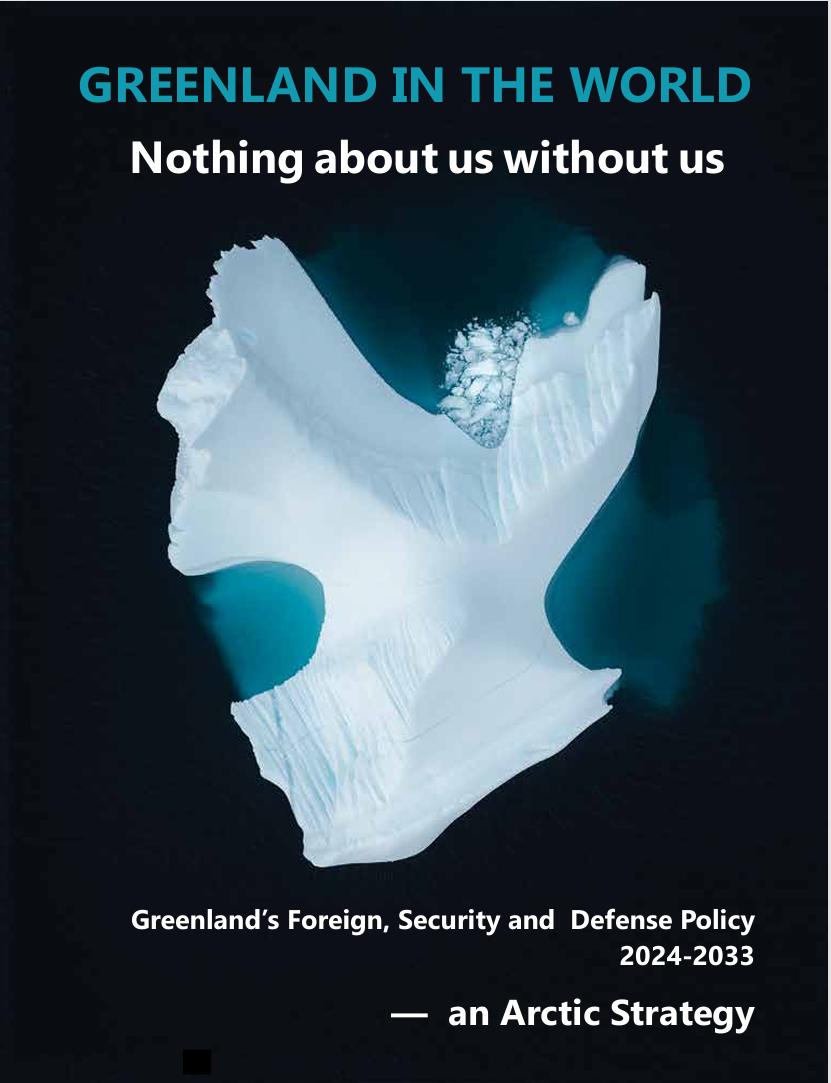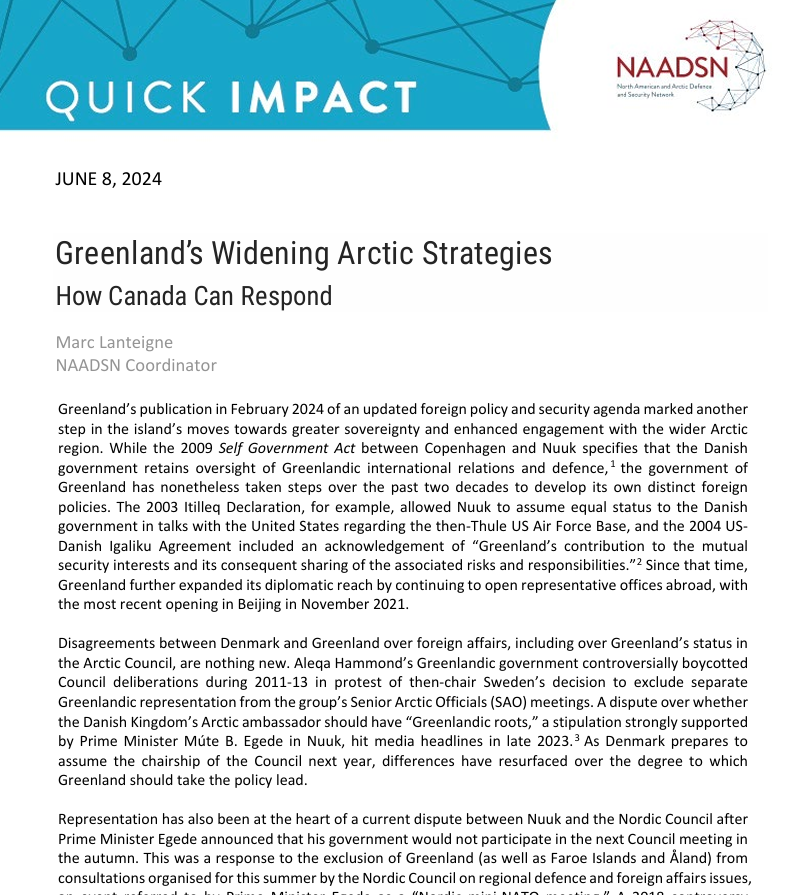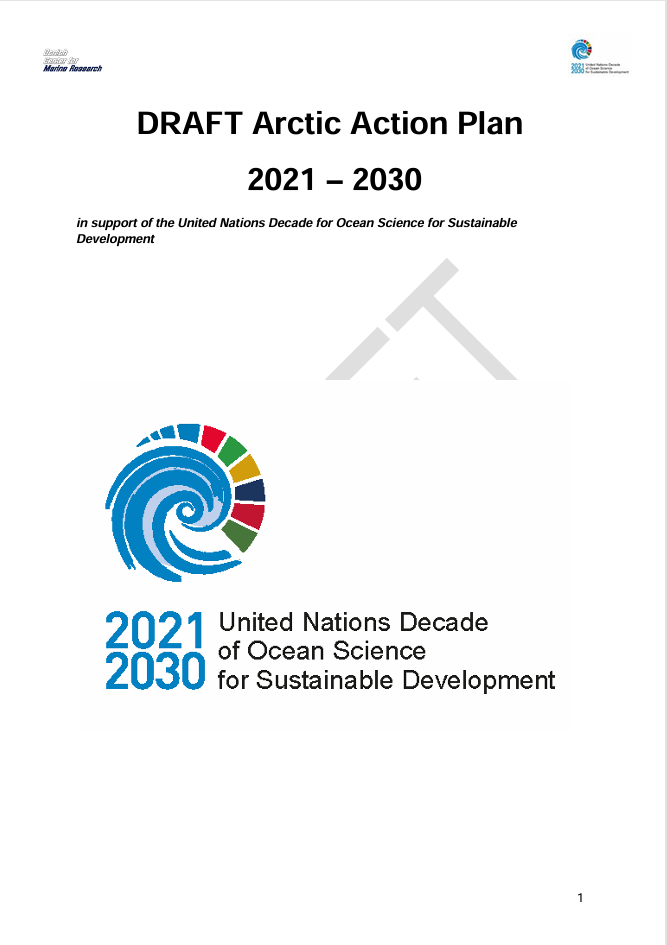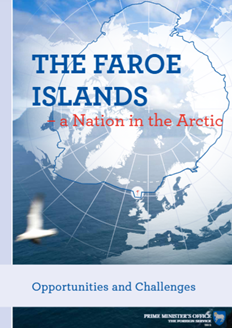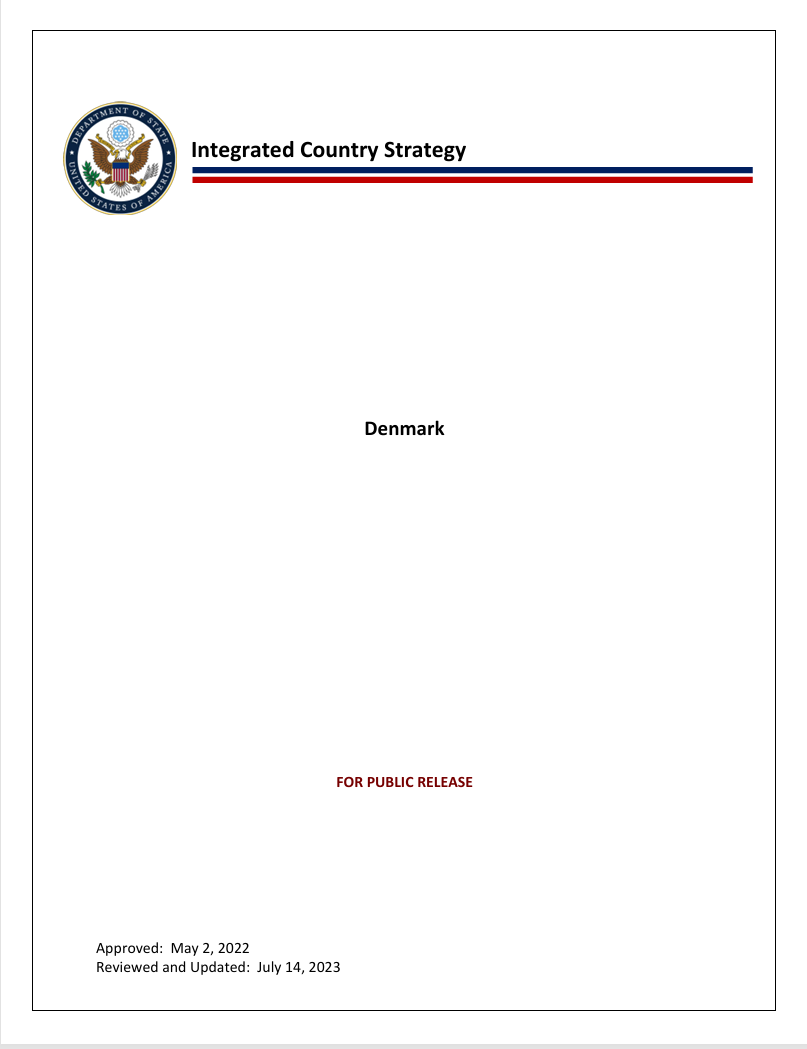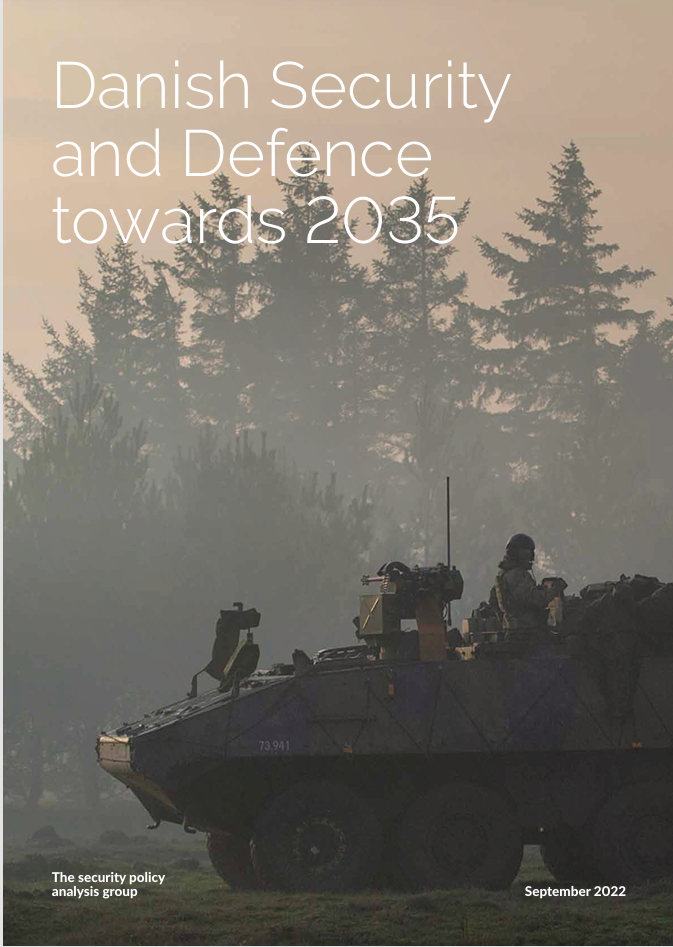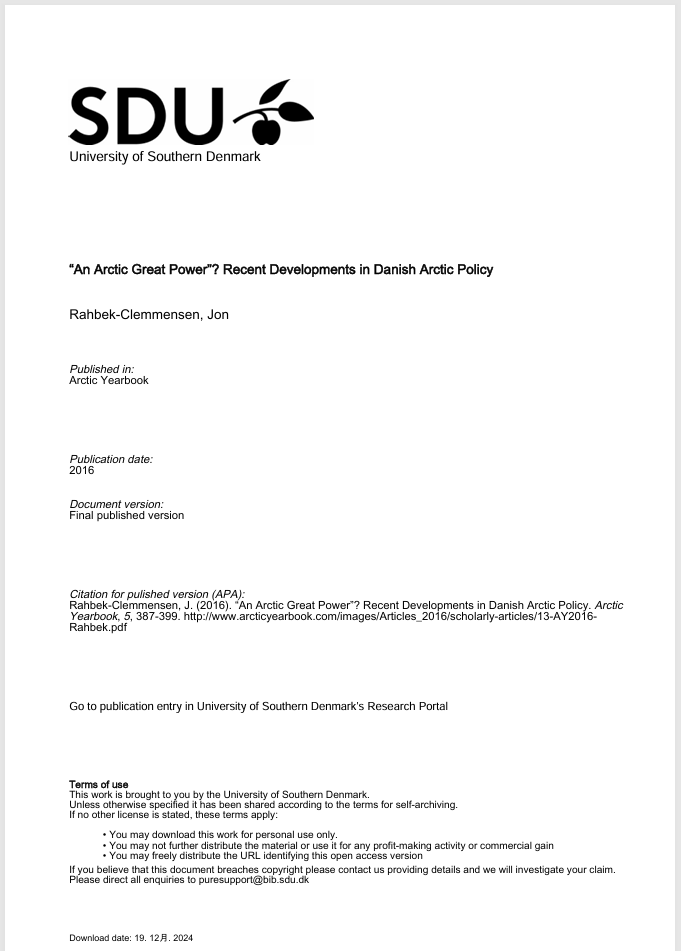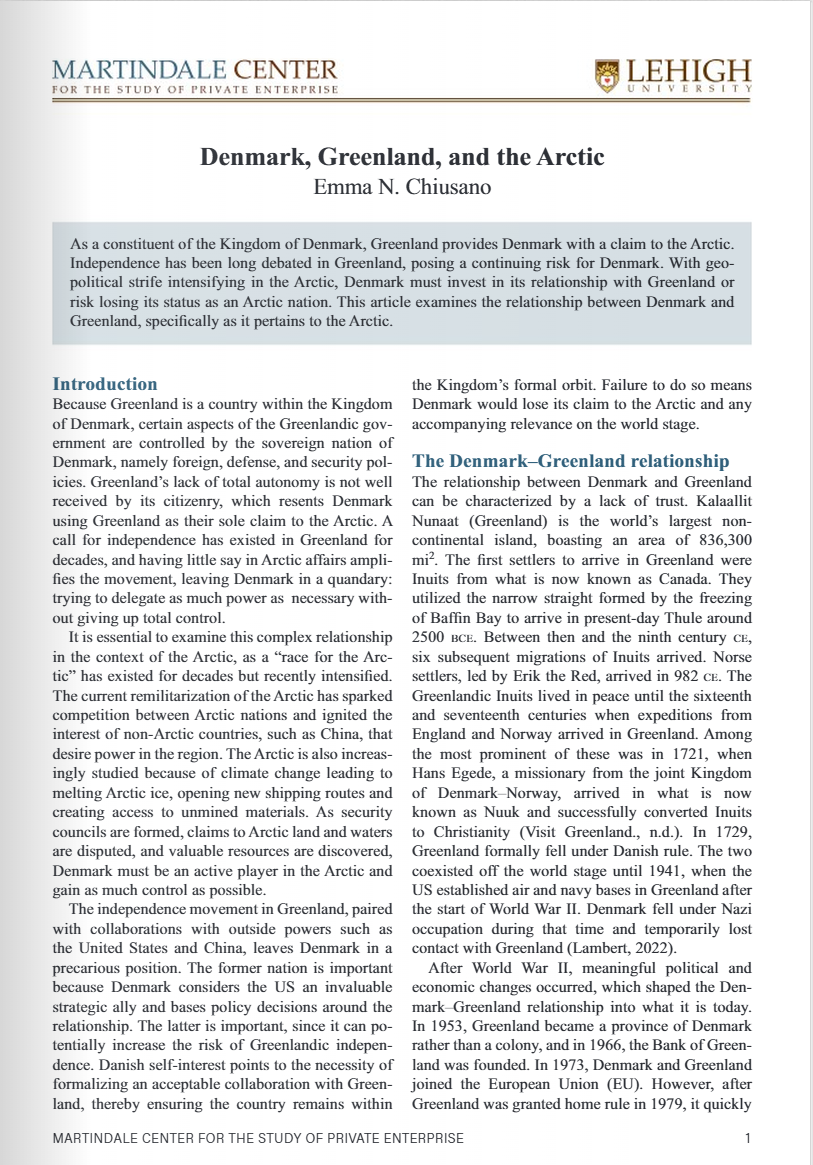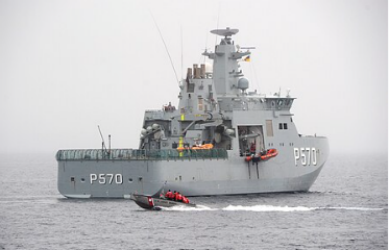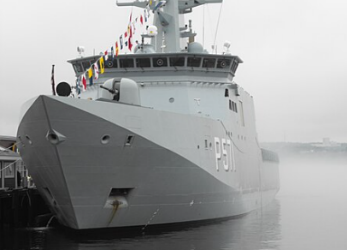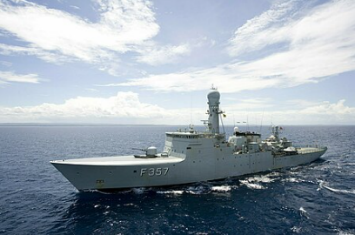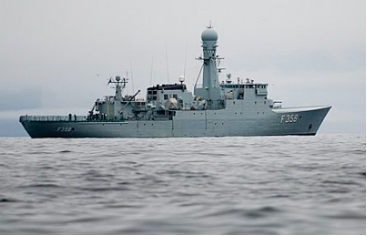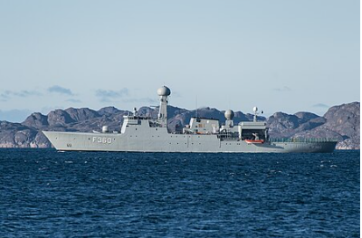Denmark maintains several research stations across its territories, including Greenland and the Faroe Islands. These stations play a crucial role in Arctic research, focusing on climate change, environmental monitoring, and various scientific studies.
Koltur Research Station – Faroe Islands
Location: Faroe Islands
The Research Station is part of the Koltur farm and consists of a building with 6 beds, a laboratory and common facilities such as kitchen, freezer and shower.
Research Focus:
- Marine biology
- Terrestrial ecology
- Climate monitoring
- Biodiversity studies
Faroe Islands Nature Investigation
Description: A comprehensive research facility dedicated to studying the unique natural environment of the Faroe Islands.
Research Areas:
- Environmental monitoring
- Ecosystem research
- Climate change impacts
- Marine research
Villum Research Station
Location: Station Nord, northeastern Greenland
Operated by Aarhus University in cooperation with the Danish Defense, this station is a state-of-the-art facility supporting up to 14 scientists at a time.
Research Focus:
- Atmospheric research
- Marine studies
- Terrestrial research
- Long-term monitoring of atmospheric pollution
- Climate change effects
Arctic DTU Research Station
Location: Sisimiut, West Greenland
A multidisciplinary research facility equipped with modern laboratories and workshops for comprehensive Arctic research.
Research Areas:
- Climate change studies
- Geophysical changes
- Environmental impact assessment
- Permafrost monitoring
- Glacial activity research


